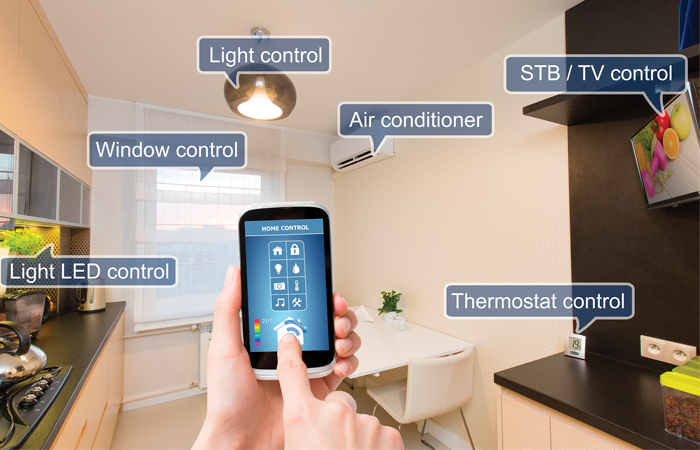Tech Talk — The Wi-Fi Highway

Wireless Internet, or “Wi-Fi,” has changed our lives. The term “Wi-Fi” was a relatively obscure term just 10 years ago; it is incredible to think about how ubiquitous the term is in today’s vernacular. Today, we rely on Wi-Fi like never before. According to comScore Data, North American homes in 2017 will have an average of 10 active connected devices; households of four or more people even have 19 devices on average!
So why should you care? Your Internet Service Provider (ISP) likely promised you the world in speed and performance. However, in today’s connected world, we have an overflow of wireless devices in our homes. From laptops, tablets, game consoles and our phones, to smart TVs and streaming media players like Apple TV, there are a lot of devices competing for the small airspace where Wi-Fi resides. Not to mention, the growing list of smart home devices.
Have you noticed a Wi-Fi device that starts out working great then becomes incredibly slow? Did you “increase” your speed with the ISP in hopes for better quality Internet service, only to find that it did not make a difference? Does it seem like your Internet speed gets slower every day? What can you do?
The answer: a managed network. While speed from your ISP is important, it is not the only factor to be considered. Proper management of the entire network within your home is critical to keep up with demands.
ISPs are only focused on bringing the service into your home – not throughout your home. You may have recognized this when you had your Internet service installed. The installer likely plugged your computer into a router, showing you the speed, and letting you know that “they only guarantee the speed with a connection that is plugged in.” That’s great for your computer, but doesn’t do you much good in the real world with dozens of Wi-Fi devices connected.
The equipment that the ISP placed in your home was not designed to manage the Wi-Fi traffic, just to provide a basic level of Wi-Fi to you and allow devices to connect. This may work fine if you only have a few devices to connect. But if you have multiple devices (as most of us do), things can get dicey.

Think of the networking world as a highway system. If you have a few cars traveling in the same direction, you can have a single lane, maybe just a dirt road. As more cars begin driving on the road, you will need to pave it. As you have more cars, driving in multiple directions, you need to paint lanes, add stoplights and a few medians. As things really heat up, you need to build a highway with on-ramps, off-ramps, dividers and HOV lanes. Your network has much of the same challenges of a growing metropolitan area – it needs a highway. Managing the network, especially the Wi-Fi, will do this.
That is the purpose of a managed network. It is your “highway system” for your connected devices now and in the future. Without a managed network, you will continue to have mayhem in your digital world, and it’s only going to get worse. You will continue to get stuck in a digital traffic jam, connections will crash into each other and you will even get passed by your neighbors who have the high-performance systems.
There are solutions. Managed network solutions, previously reserved for enterprise-level commercial systems, are now available for home use. Starting at a few hundred dollars (depending on the size of your home) these solutions can bring a smile to your face.
I can tell you from personal experience that having an enterprise-grade network has changed my life at home. No longer do I wait while watching a spinning circle as my movies try to play. No longer do I have to stare at the screen while downloading a file. No longer do my connections get interrupted. I can go on with countless examples that have truly impacted my family in a positive way.
If you find yourself frustrated with the slow speed of your supposedly “super fast” Internet, or find the number of wireless devices in your family growing rapidly, consult your local tech expert about a managed network. It may be the one thing you need to get back on the high-speed Wi-Fi highway.
David Pidgeon is the CEO at Starpower. There are three Starpower locations in the Dallas/Fort Worth area (Knox and Cole, Southlake and North Dallas) and one location in Scottsdale, Ariz.



